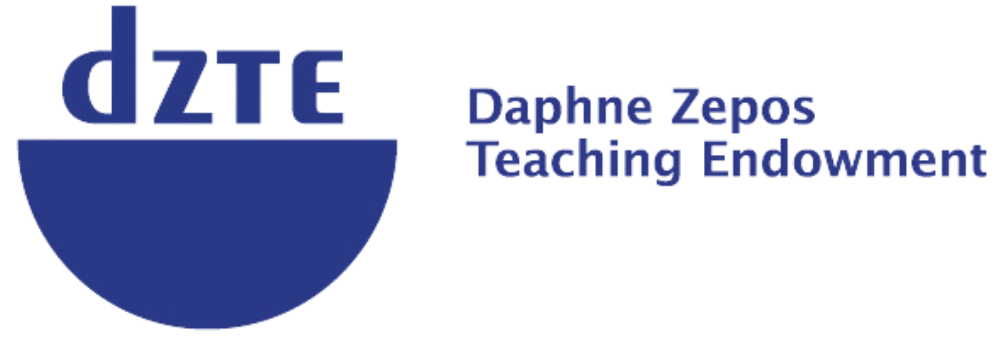Emily Shartin | 2014
Emily’s 2014 Presentation
Emily’s Winning Vision
Secrets of the Maitre Fromager Emily Shartin I'm standing in a cool, damp, subterranean cheese cave in California, surrounded by racks of ripening wheels collected from cheesemakers across the state, and I'm thinking of two people: Henri Androuet and Daphne Zepos.
In the early 20th century, so the story goes, Androuet opened a shop in Paris and began stocking it with cheeses collected from across France. He eventually opened a cellar where he could look after and refine the wheels he sourced, ensuring that he was selling them at their peak of ripeness. It is a model that came to be replicated across the city and throughout the country.
Roughly 100 years later, Daphne wrote of a “shrinking craft” in Europe -- that of fromagers like Androuet. At a time when the role of the cheesemonger was starting to gain an important foothold in the U.S. -- thanks in large part to a domestic surge in the popularity of cheese -- our French forebears, those we looked to for “influence and integrity,” were starting to lose ground.
It was this Old World-New World shift that I was thinking about when, after becoming the second recipient of the Daphne Zepos Teaching Award in 2014, I went to France to see first-hand what it means to be a cheesemonger/affineur in a country with such a storied history of cheese.
At the time, I had spent my career in cheese primarily on the sales side, first as a cheesemonger at a European-style shop in Massachusetts and later as a member of a wholesale distribution team in California. I loved the community that was developing around the cheese trade in the U.S., and I wanted to meet and learn from our French counterparts with the goal of strengthening and professionalizing the trade at home. I spent time in cheese shops and caves across France, working directly with cheese and with the people who had made it their life’s work to get that cheese from producer to consumer in peak condition.
I met people whose families have been working with cheese for years, whose talents have been formally recognized by the French government, and whose affinage and retail outfits have continued to grow with each generation. The lessons that I learned on how they have built their businesses and honed their skills in cheese care over the years have offered both invaluable inspiration and tangible guidance for cheesemongers in the U.S. They also helped me see how and why the industry had become endangered in France, how many small dairies and cheesemakers were finding it increasingly difficult to make ends meet, and the crucial role the cheesemonger/affineur can play in sourcing cheese and building business for producers.
I also was inspired by stories like that of Claire Griffon, a young woman who had worked for a handful of famed Paris cheesemongers and later opened her own lovely shop and cave not far from the Eiffel Tower. I learned from her that even in a country where many businesses have existed for years, and where the future of the industry may still be uncertain, there was still room for a young person to start something new.
I brought these lessons home, and helped retailers and distributors find ways of building affinage and cheese care into their businesses. That brings me back to this cave I’m standing in -- while a handful of shops on the east coast already had their own caves when I went to France, this is one of the first in California that is sourcing and caring for wheels from a variety of producers in an effort to bring cheese to the customer in prime condition, just as Androuet did. Based on the lessons from abroad, we are following in Daphne’s footsteps and finding more ways to build the role of the fromager at home.
When I went to France, American artisans were making more and more cheese every year -- between 2010 and 2013 alone the number of entries into the American Cheese Society competition grew from 1,400 to almost 1,800, and it has only continued to grow since. My travels ultimately helped to build a network of professionals who can expertly care for this expanding collection of cheeses, essentially shepherding them from producer to consumer and helping to ensure the future of America’s cheese culture.
Follow Emily at #emilyshartinDZTA


